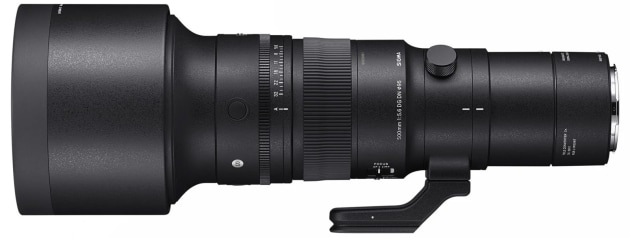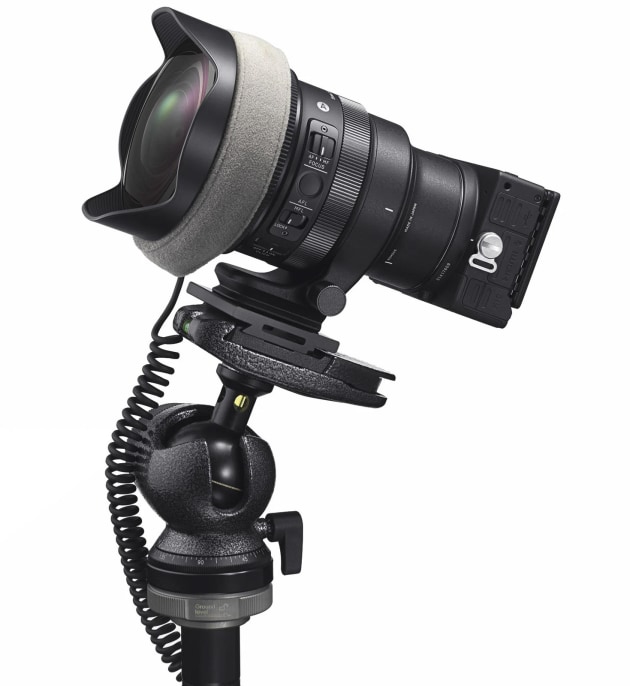Sigma announces 500mm f/5.6 DG DN and 15mm f/1.4 DG DN fisheye
Sigma is set to release two new lenses for mirrorless.
The first is the 500mm f/5.6 DG DN OS Sports prime, for full-frame mirrorless cameras, which weighs just 1,370 grams, including the tripod foot. It also includes up to 5-stops of optical image stabilisation, per the “OS” in the model name.

The Sigma 500mm f/5.6 sports 20 elements across 14 groups, including three FLD and two SLD elements. Sigma says that by utilising low-dispersion (LD) convex elements at the front of the lens, the telephoto prime promises significantly reduced aberrations.
In addition, Sigma has included a high-response linear actuator (HLA) in its new lens, which promises high focus accuracy and speed, plus quiet focusing. The lens can focus as 320 centimeters, resulting in a maximum magnification ratio of 1:6. Additionally, the L-mount version of the lens is compatible with Sigma’s 1.4x and 2x teleconverters.

Finally, the weather-sealing is also solid, with the mount connection, manual focus ring, switches, and exterior connection all dust and splash-resistant. Further, the front element features a water and oil-repellent coating.
The Sigma 500mm f/5.6 DG DN OS Sports lens will be available in L-mount and E-mount versions, although no local pricing or availability has been made public. In the states, it will retail for $2,999 ($4,578 AUD), and it ships with a case, lens hood, tripod socket, front cap (95mm), and rear cap.
The other release is the 15mm f/1.4 DG DN Diagonal Fisheye Art Lens, the world’s first-ever f/1.4 diagonal fisheye for interchangeable lens full-frame cameras (what's with lens manufacturers and being the world-first at totally niche things!?)

Anyway, with its 180-degree field of view, the 15mm f/1.4 DG DN Diagonal Fisheye should be well-suited to ultra-wide night sky photography, and of course close-up action shots, such as with extreme sports.
Speaking of its abilities in astrophotography, Sigma says its engineers have paid close attention to controlling sagittal coma flare, ensuring stars are rendered as properly spherical.

The lens is made up of 21 elements across 15 groups, including four FLD, three SLD, and two aspherical elements. The lens can focus as close as 38.5 centimeters, resulting in a 1:16 maximum magnification ratio, and it weighs 1,360 grams.
The lens includes a lens heater retainer, which is a small step at the front of the lens to prevent a belt-shaped heat strip from protruding over the front element.
This will help prevent condensation from forming inside the lens when the ambient temperature drops.
The lens also includes a lens cap with two slots to securely store rear filters — the lens has a rear filter holder to use sheet-type filters.
As always, we're unsure of local pricing as Sigma doesn't share this information with us, but in the US it will retail for $1,999 ($3,052).
It will begin shipping in the US in mid-March in both E and L-Mount versions.


